As the UK emerged from the Covid-19 crisis almost identical recovery targets were set for England and Scotland.
The pandemic saw waiting times significantly rise as routine care was paused to free up space to confront the emergency.
It left tens of thousands languishing on waiting lists, which grew to record highs.
As plans to aid an NHS recovery were set out in July 2022, then health secretary Humza Yousaf pledged waits over 12 months for treatment would be eliminated by September 2024.
In England, the UK Government said no one requiring surgery would wait over one year by March 2025.
Despite the clearly defined promises and similarities, progress north and south of the border has been mixed.
How does the NHS recovery in England and Scotland compare?
A recent Audit Scotland report revealed NHS Fife had some of the worst waiting times in Scotland.
Just 47% receive treatment within 12 weeks of referral in the Kingdom, despite a government guarantee that all patients would receive treatment in this timeframe.
The health board recently admitted it could not afford to tackle its surgical backlog.
It also showed that while “significant improvement” has been made shortening wait times for children’s mental health services in Tayside, the health board was missing key targets – including urgent cancer wait times.
It’s a picture repeated across Scotland. While clear targets were set to improve the health service, progress has stalled.
The lack of progress comes despite health demanding around a third of the SNP government’s budget, and nearly half of day-to-day spending.
Instead of waits over a year being eliminated by September, they were actually at a record high – over 38,000. This is an increase of over 4,000 on when Mr Yousaf announced the target.
Over 1,200 of these long-waits are among patients in Tayside. The figure in Fife is much lower at 128.
In England, where the new Labour government has said the NHS is “broken”, progress of tackling long waits has been faster – even if the targets set in 2022 seem unlikely to be met.
The Scottish Government’s draft budget in December revealed the initial target for reducing year-long waits would be significantly delayed. Instead, a new goal of March 2026 has been set.
Hospital work levels
While the amount of work undertaken in Scottish hospitals has increased, it has not returned to pre-pandemic levels.
Analysis by the Institute for Fiscal Studies revealed that between April and June 2024 there were 15% fewer elective inpatient admissions and 6% fewer outpatient appointments than in October to December 2019.
In England, hospital activity is now substantially above pre-pandemic levels.
If progress continues at the current rate, it will take another two years for Scotland’s NHS to recover to pre-pandemic activity levels.
Is Scotland’s NHS better than England’s?
Direct comparisons between the health services across all four nations of the UK are challenging due to different targets and ways of measuring performance.
Politicians on all sides often attempt to make claims about how the NHS performs.
During the general election, First Minister John Swinney claimed that Scotland had “the best performing accident and emergency system in the United Kingdom”.
All four health services have a similar target for 95% of patients in A&E departments should be admitted, transferred or discharged within four hours.
While John Swinney’s claim was correct in June, the situation has changed since then.
In England, throughout October 72% of A&E visits complied with this standard. This compared to 66.6% in Scotland during the same period – down from 69% the previous month.
In other areas where comparisons can be made, Scotland is clearly behind England in its recovery.
Two-year waits north of the border are 100 times higher than in England.
For cancer care, over the last year the percentage of patients receiving diagnostic tests within six weeks has increased, while it is worse in Scotland.
The same is true of cancer care.
What do the Scottish Government say?
Mr Swinney has insisted NHS Scotland has “the resources, the facilities and the staff” needed to reduce waiting times.
He hailed his governments recent budget, which the SNP will prove £21 billion to help clear backlogs.



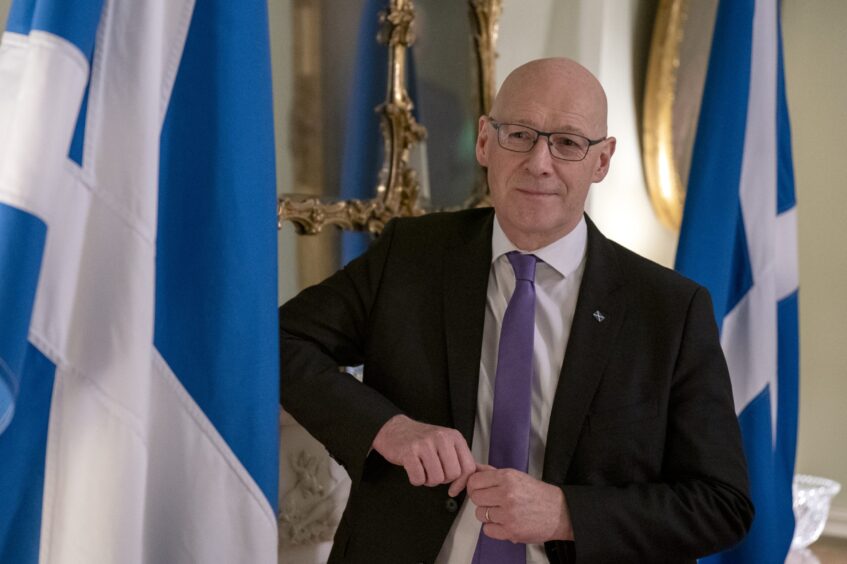
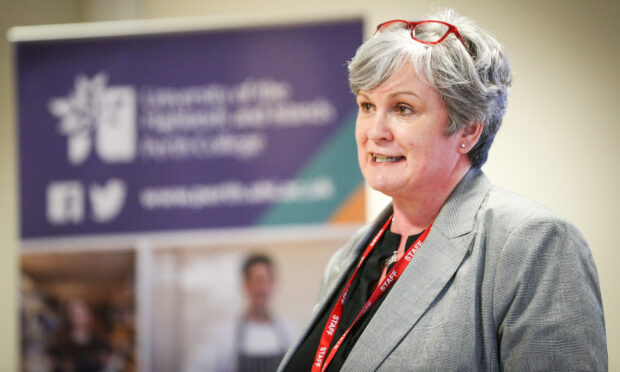
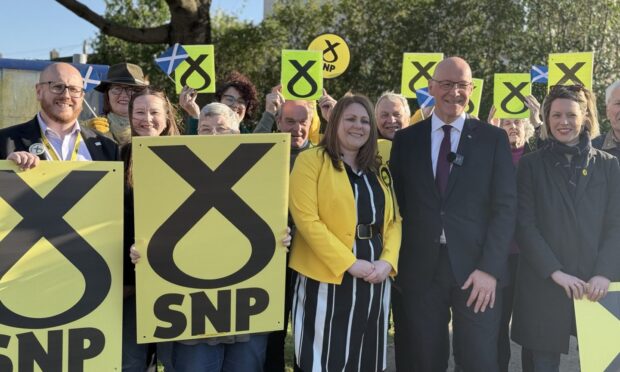
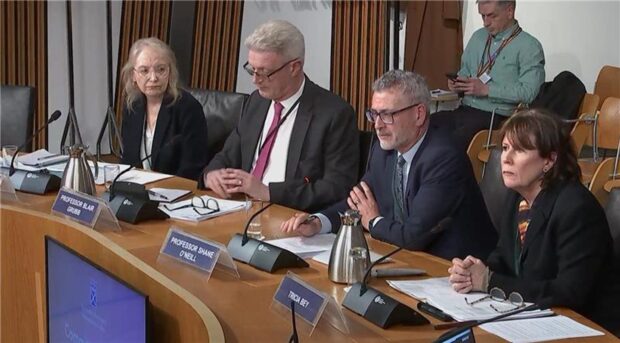
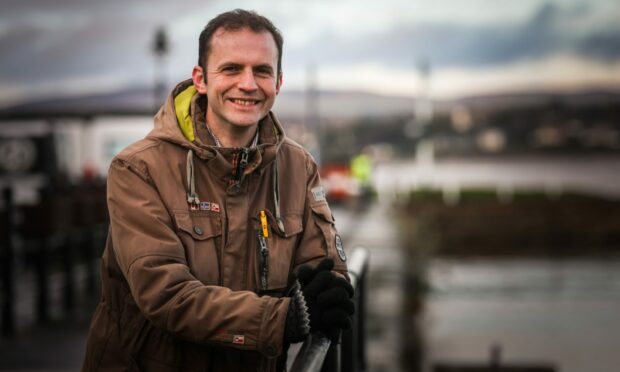
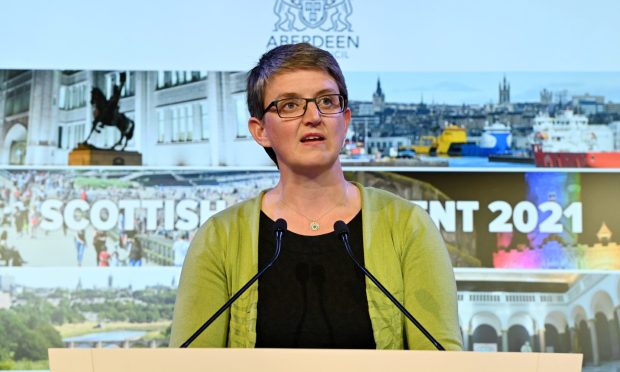
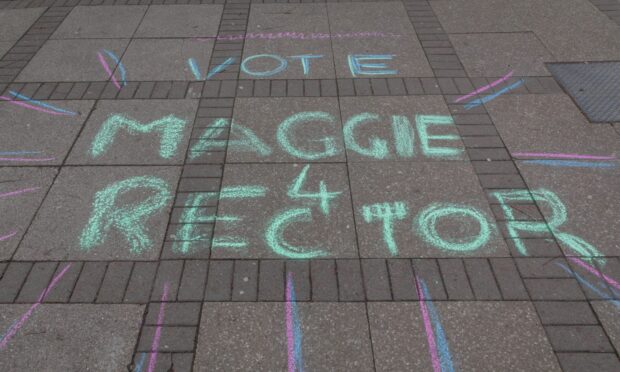

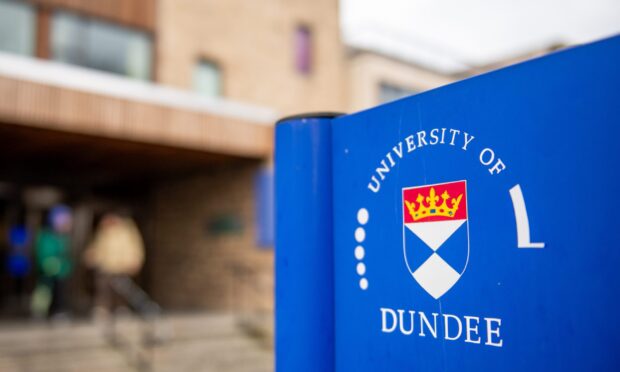
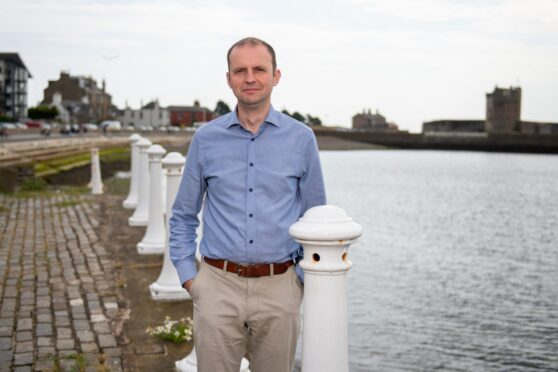
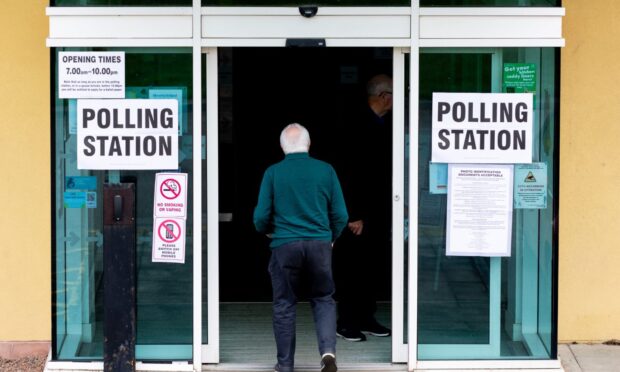
Conversation